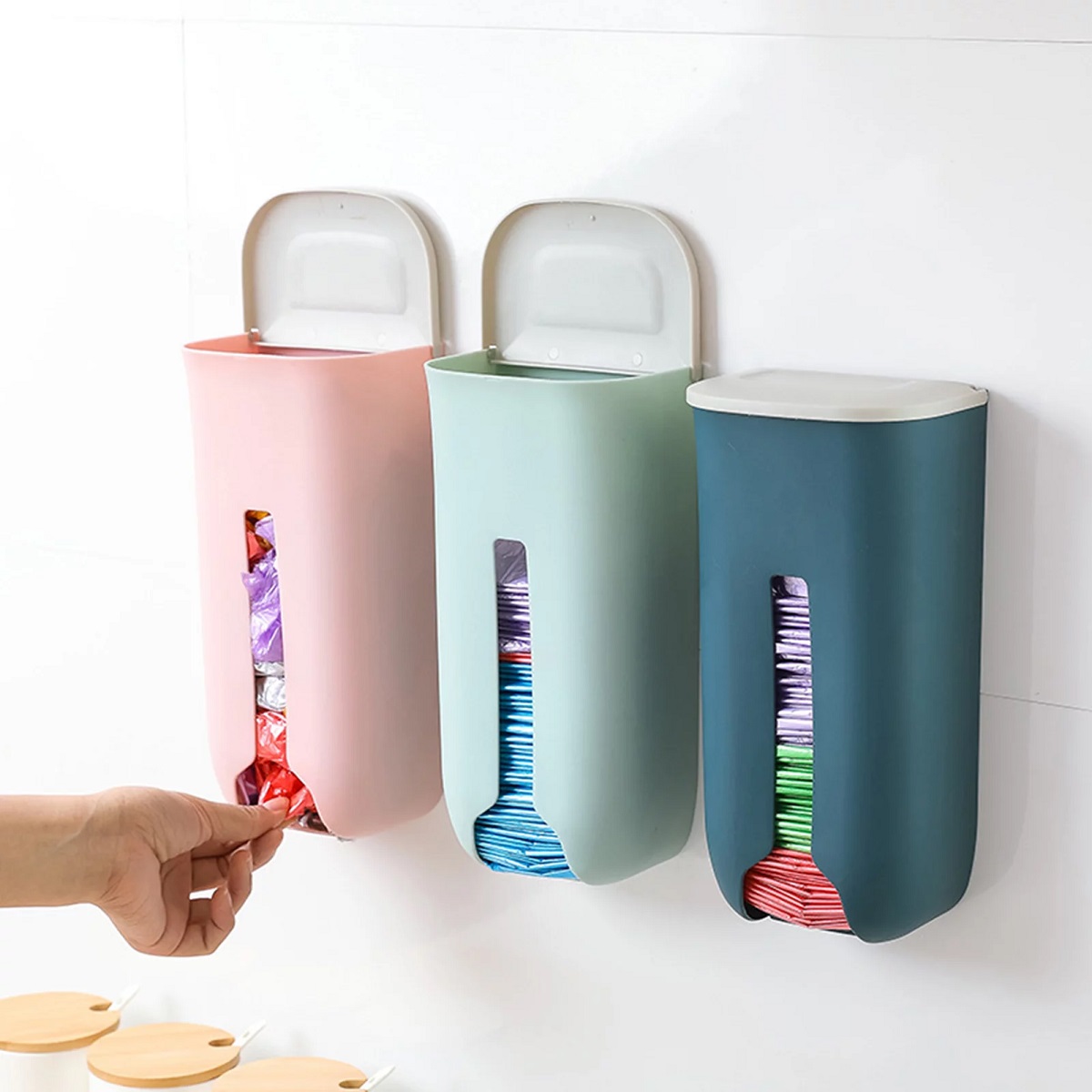

Articles
How To Store Plastic Grocery Bags For Reuse
Modified: January 19, 2024
Learn the best way to store and reuse plastic grocery bags with these helpful articles. Find out how to organize and keep your bags tidy for future use.
(Many of the links in this article redirect to a specific reviewed product. Your purchase of these products through affiliate links helps to generate commission for Storables.com, at no extra cost. Learn more)
Introduction
In today’s society, plastic grocery bags have become a common household item. They are convenient for carrying groceries, but they can quickly accumulate and create clutter in our homes. Rather than throwing them away, a more sustainable and eco-friendly solution is to reuse these bags. Not only does reusing plastic grocery bags help to reduce waste, but it also saves money on purchasing new bags.
In this article, we will explore different methods for storing plastic grocery bags for reuse. From folding and hanging to using specialized bag holders or creating your own dispenser, we will cover the various options available to keep your bags organized and easily accessible.
By implementing these storage ideas, you can maintain a neat and tidy space while being prepared for future uses of plastic grocery bags. So let’s dive in and discover effective ways to store plastic grocery bags for reuse!
Key Takeaways:
- Reduce clutter and contribute to a sustainable lifestyle by storing plastic grocery bags for reuse using methods like folding, hanging, stuffing, or creating a DIY dispenser. Make a positive impact on the environment while keeping your space organized and tidy.
- Embrace the practice of reusing plastic grocery bags to save money, reduce waste, and protect the environment. Choose from various storage methods such as hanging, stuffing, or using a bag holder to keep your bags organized and easily accessible.
Read more: How To Store Plastic Grocery Bags
Why Reuse Plastic Grocery Bags?
Before we delve into the practical methods of storing plastic grocery bags, let’s first address why reusing them is so important. Here are a few compelling reasons to consider:
- Environmental Impact: Plastic bags have a significant negative impact on the environment. They are made from non-renewable resources and take hundreds of years to decompose. By reusing these bags, we can reduce the amount of plastic waste that ends up in landfills or pollutes our oceans.
- Saving Money: Investing in reusable bags can be cost-effective, but reusing plastic grocery bags is an even more budget-friendly option. By reusing bags instead of constantly buying new ones, you can save money in the long run.
- Convenience: Plastic grocery bags are lightweight, compact, and easy to carry. They are ideal for various purposes, such as lining trash cans, storing items, or even as makeshift shoe covers in wet weather. By having a stash of reusable plastic bags, you can easily grab one whenever needed.
- Reducing Plastic Waste: Plastic pollution is a global issue, and every small action we take can make a significant difference. By reusing plastic grocery bags, we actively contribute to the reduction of plastic waste, helping to protect wildlife and preserve our natural environment.
- Multi-Purpose Use: Plastic grocery bags have a wide range of uses beyond carrying groceries. They can be repurposed for organizing items, packing lunches, storing small household items, or even as a protective covering for delicate items during travel.
Now that we understand the importance of reusing plastic grocery bags, let’s explore some effective methods for storing them in an organized manner.
Properly Cleaning Plastic Grocery Bags
Before storing plastic grocery bags for reuse, it is essential to clean them properly to ensure hygiene and prevent any unpleasant odors. Here are a few steps to follow to clean your plastic grocery bags:
- Empty and Inspect: Empty out any remaining items from the bags and inspect them for any stains, spills, or food residue.
- Separate and Sort: Sort the bags by color or condition. If any bags are heavily soiled or damaged, it’s best to dispose of them.
- Wash and Dry: Fill a sink or basin with warm soapy water. Add a few drops of dishwashing liquid and mix well. Submerge the bags in the soapy water and scrub them gently with a sponge or cloth to remove any dirt or stains. Rinse them thoroughly with clean water and hang them to dry. Ensure they are completely dry before storing to prevent mold or mildew.
- Deodorize: If any bags have unpleasant odors, you can deodorize them by sprinkling a small amount of baking soda or placing a fabric freshener sheet inside each bag. Leave them overnight, and then shake out or remove the freshener before storage.
By following these simple cleaning steps, you can ensure that your plastic grocery bags are fresh, clean, and ready for reuse. Let’s move on to different storage methods to keep your bags organized.
Folding Plastic Grocery Bags
Folding plastic grocery bags is one of the easiest and most compact ways to store them. Here’s a step-by-step guide on how to efficiently fold your bags:
- Flatten the Bag: Start by flattening the bag completely, ensuring there are no wrinkles or air trapped inside.
- Make a Triangle: Fold the bag in half horizontally to create a rectangle. Then, fold it diagonally to form a triangle, aligning the handles with the bottom edge of the triangle.
- Begin Folding: Starting from the widest part of the triangle (opposite the triangle tip), fold the bag in small sections, about 2-3 inches wide, until you reach the handles.
- Secure the Fold: Once you reach the handles, tuck them under the folded sections to secure the fold and prevent the bag from unraveling.
- Repeat: Repeat this folding technique for each plastic grocery bag in your collection.
By folding your plastic grocery bags in this manner, you can create tidy, uniform shapes that are easy to store in drawers, cabinets, or baskets. This method maximizes space and allows for quick access to individual bags when needed. Plus, it keeps the bags from becoming tangled or messy.
Once you have mastered the art of folding plastic grocery bags, let’s explore other storage methods like hanging and stuffing bags to maximize your storage options.
Hanging Plastic Grocery Bags
If you have some extra wall space or hooks available, hanging your plastic grocery bags can be a convenient storage solution. Here’s a simple guide to hanging your bags:
- Prepare a Hook or Hanger: Choose a sturdy hook or hanger that can support the weight of multiple bags. You can use adhesive hooks, wall-mounted hooks, or even repurpose a coat hanger.
- Loop the Bag Handles: Take a plastic grocery bag and hold it by the handles. Loop one handle through the other to create a secure loop or knot.
- Hang the Bag: Hang the looped bag on the hook or hanger. Repeat this process with each plastic grocery bag, ensuring they are evenly spaced and not overcrowded.
By hanging your plastic grocery bags, you can easily see and access them whenever needed. This method is particularly useful in areas like the pantry, laundry room, or near your reusable shopping bags. Additionally, hanging bags helps to prevent them from getting tangled or taking up valuable shelf or drawer space.
Now that you’ve explored folding and hanging methods, let’s move on to another storage technique – stuffing plastic grocery bags.
Store plastic grocery bags for reuse by folding them into compact triangles and keeping them in a designated bag holder or container. This will save space and keep them organized for easy access.
Read more: How To Store Grocery Bags
Stuffing Plastic Grocery Bags
If you have limited storage space or prefer a more compact method, stuffing your plastic grocery bags can be a practical option. Here’s a simple guide on how to stuff your bags:
- Gather Your Bags: Collect all your plastic grocery bags and ensure they are clean and dry. Remove any handles or attachments that may get tangled.
- Start with a Bag: Take one plastic grocery bag and grasp it by the bottom corners, holding it open like a small pouch.
- Stuff the Next Bag: Take a second bag and scrunch it into a compact ball. Insert this ball of the second bag into the pouch of the first bag.
- Continue Stuffing: Keep adding more bags by scrunching them into balls and stuffing them one by one into the previous bags until you have a compact bundle.
- Secure the Bundle: Once all the bags are stuffed, you can secure the bundle by tying the handles of the outermost bag around the entire bundle. This will hold the bags together and prevent them from coming apart.
Stuffing your plastic grocery bags allows you to store them in a condensed form, saving space and keeping them easily accessible. You can place the stuffed bags in a container, drawer, or even in your car’s glove compartment for convenient use on-the-go.
Now that you’ve learned about stuffing bags, let’s explore the option of using a plastic grocery bag holder for organized storage.
Using a Plastic Grocery Bag Holder
If you want a dedicated storage solution for your plastic grocery bags, using a plastic grocery bag holder can be a practical and organized option. Here’s a guide on how to use a plastic grocery bag holder:
- Choose a Holder: Look for a plastic grocery bag holder that suits your needs. There are various options available, such as wall-mounted holders, under-the-sink holders, or standalone holders.
- Mount or Install: Depending on the type of holder you choose, follow the manufacturer’s instructions to mount or install it in a suitable location. Mounting it on a cabinet door or inside a closet can be convenient.
- Insert the Bags: Take your plastic grocery bags and start inserting them into the top opening of the holder one by one. Push them down, allowing the bags to stack neatly inside the holder.
- Dispense the Bags: When you need a bag, simply pull it out from the bottom of the holder. The design of the holder allows for easy dispensing while keeping the remaining bags organized and contained.
A plastic grocery bag holder provides a designated space for your bags, ensuring they are neatly stored and easily accessible whenever needed. This storage solution helps to eliminate clutter and keep your bags in one place, preventing them from becoming tangled or scattered around your home.
If you prefer a more DIY approach, let’s explore how to create your own plastic grocery bag dispenser.
Creating a Plastic Grocery Bag Dispenser
If you enjoy getting crafty and want a personalized touch to your plastic grocery bag storage, creating your own dispenser can be a fun and creative project. Here’s a step-by-step guide on how to create a simple plastic grocery bag dispenser:
- Gather Materials: Collect materials such as a tall cylindrical container (e.g., an empty tissue box or a large plastic bottle), scissors, tape, and decorative paper or fabric to cover the container.
- Cut an Opening: Start by cutting a small, rectangular opening near the bottom of the container. This will serve as the dispenser opening for your plastic grocery bags.
- Cover the Container: Use decorative paper or fabric to cover the container. Measure and cut the paper to fit around the container’s surface. Secure it with tape or adhesive.
- Insert the Bags: Begin stuffing your plastic grocery bags into the top opening of the container one by one. Gently push them down, allowing them to fill the container.
- Dispense the Bags: When you need a bag, simply pull one out through the dispenser opening at the bottom of the container. The bags will be easily accessible and ready to use.
Creating your own plastic grocery bag dispenser not only provides a functional storage solution but also allows you to express your creativity and add a personalized touch to your space. Display your dispenser in a convenient location, such as your kitchen or utility room, for quick access to bags whenever needed.
With the various storage methods explored in this article, you now have a range of options to choose from to store your plastic grocery bags for reuse. Pick the method that suits your space, preferences, and lifestyle, and enjoy the benefits of an organized collection of bags ready for future use.
Remember, every effort to reuse plastic grocery bags contributes to a cleaner environment and a greener future. Let’s make conscious choices to reduce waste and strive towards a more sustainable lifestyle.
Keep reusing those bags and making a positive impact!
Conclusion
Storing plastic grocery bags for reuse is not only an environmentally conscious choice but also a practical way to save money and reduce clutter in your home. By following the methods outlined in this article, you can effectively organize and store your plastic grocery bags, ensuring they are easily accessible whenever needed.
We explored various storage options, including folding, hanging, stuffing, using a plastic grocery bag holder, and even creating a DIY plastic grocery bag dispenser. Each method offers its own benefits and allows you to choose the best solution based on your space, preferences, and lifestyle.
Whether you prefer the compactness of folding bags, the convenience of hanging them on hooks, the space-saving technique of stuffing them, or the organization provided by a bag holder or dispenser, there is a method to suit your needs.
By reusing plastic grocery bags, you contribute to reducing plastic waste, conserving resources, and protecting the environment. Each small action makes a significant difference in the global effort to combat plastic pollution and live more sustainably.
So, the next time you bring home plastic grocery bags, remember to clean them properly and employ one of the storage methods discussed in this article. Maintain an organized collection of bags, ready to be reused for various purposes.
Let’s embrace the practice of reusing plastic grocery bags and encourage others to do the same. Together, we can make a positive impact on our planet and create a more sustainable future.
Happy storing and reusing!
Frequently Asked Questions about How To Store Plastic Grocery Bags For Reuse
Was this page helpful?
At Storables.com, we guarantee accurate and reliable information. Our content, validated by Expert Board Contributors, is crafted following stringent Editorial Policies. We're committed to providing you with well-researched, expert-backed insights for all your informational needs.
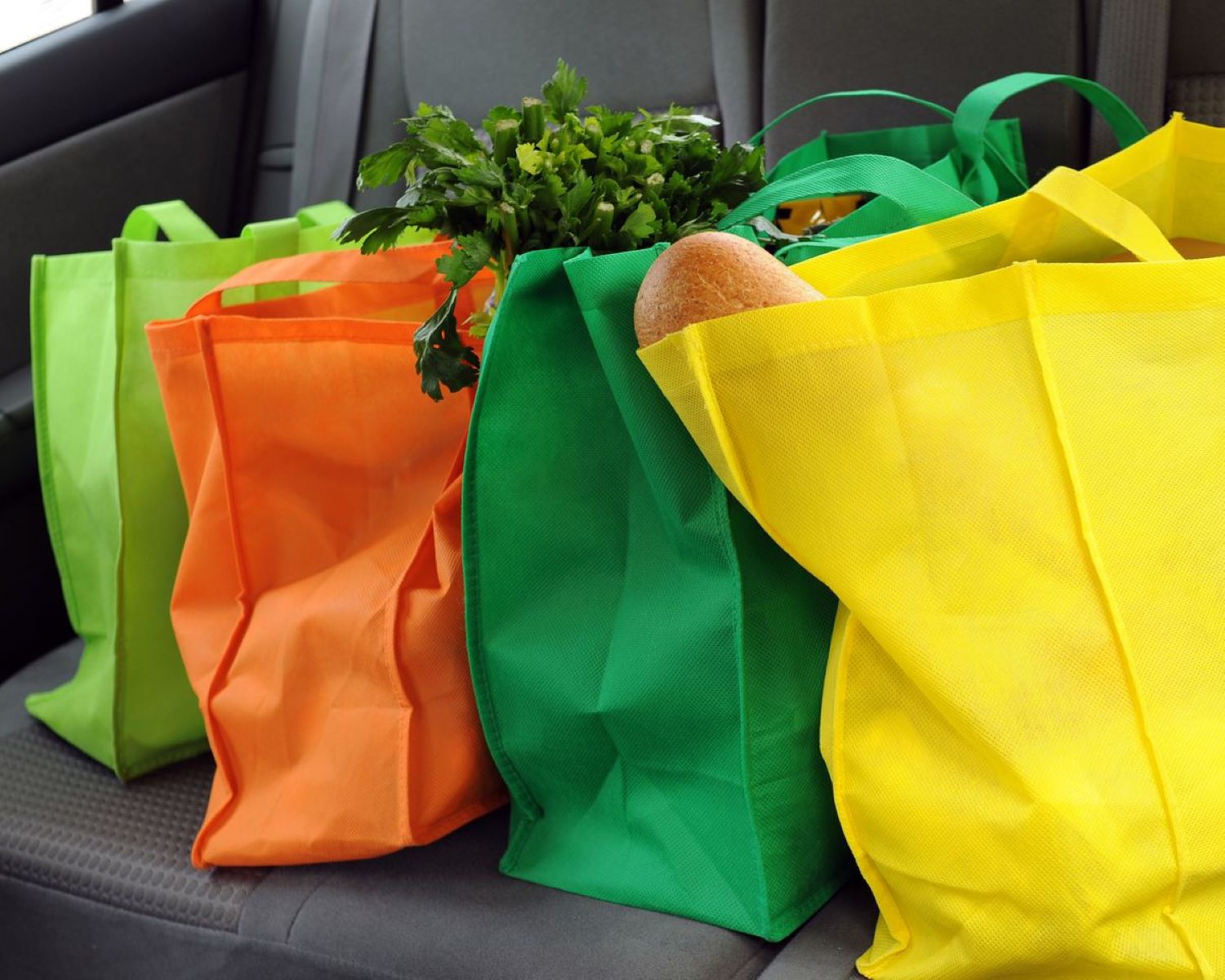
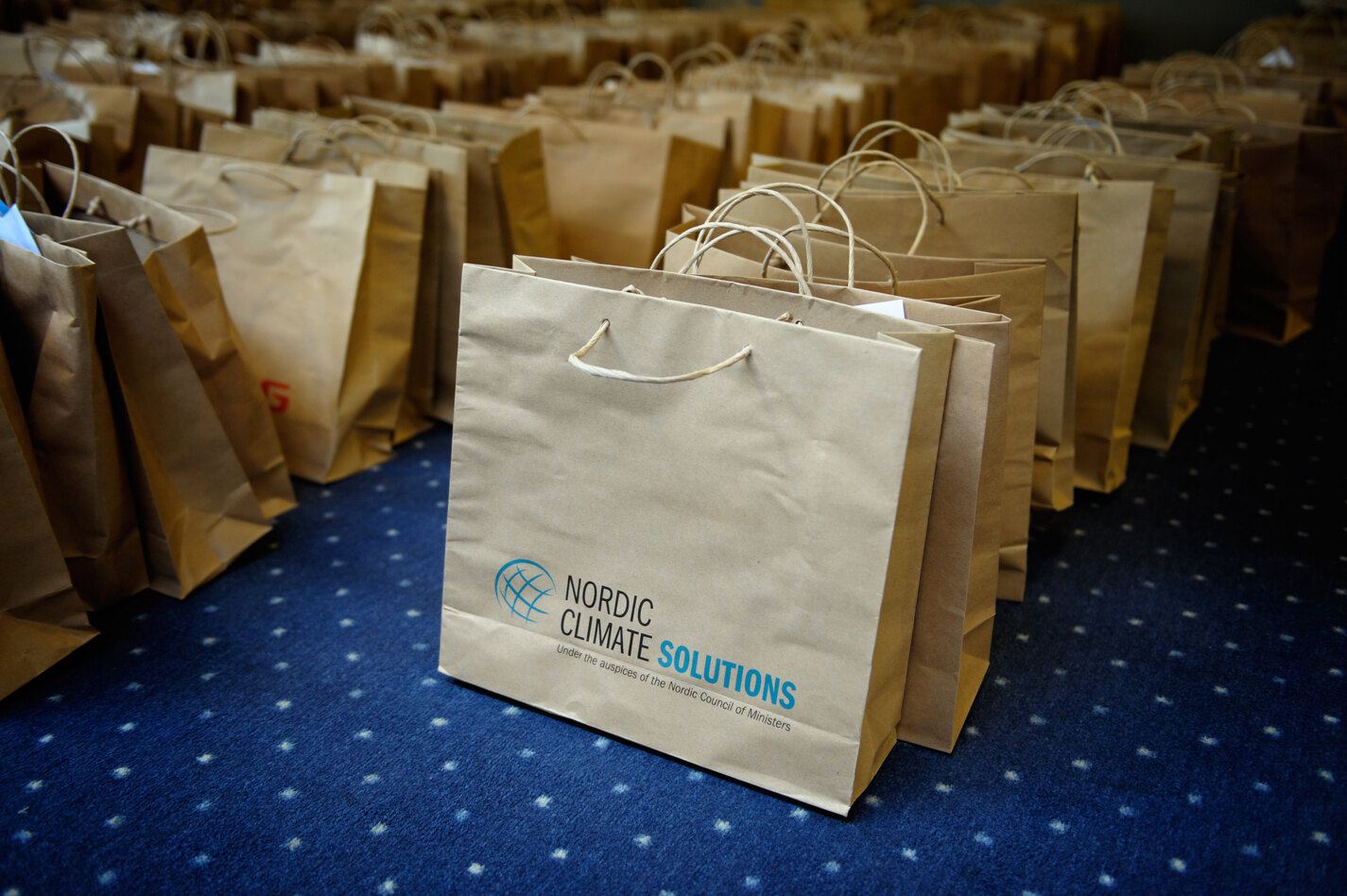

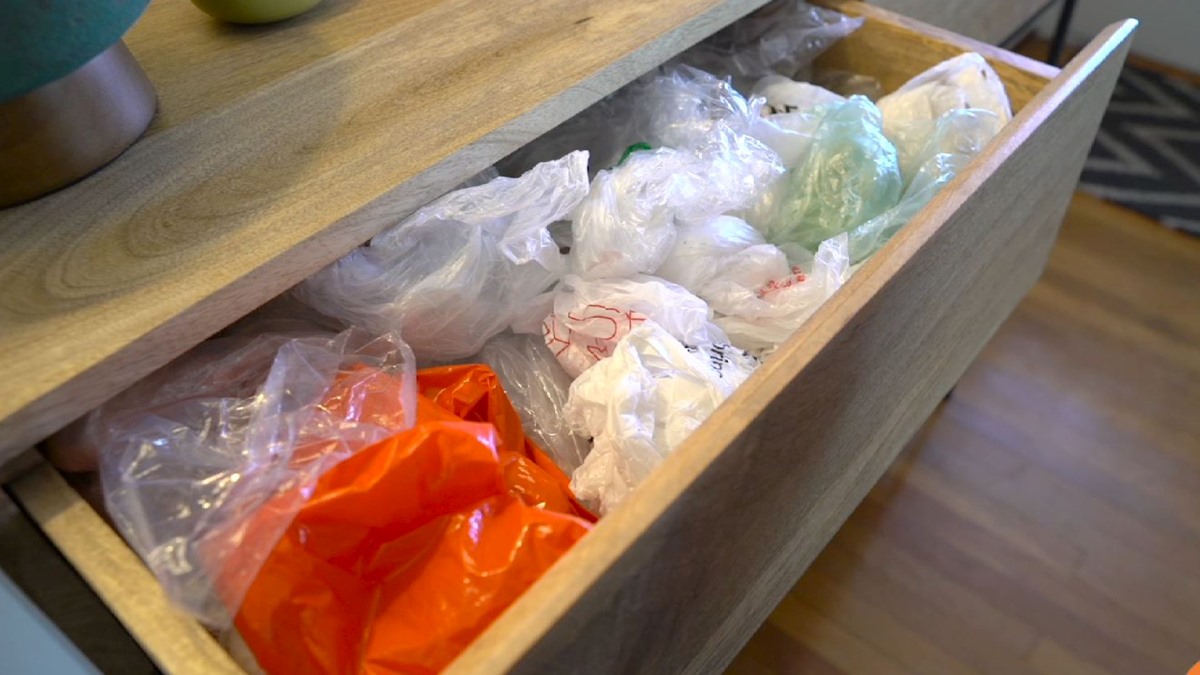
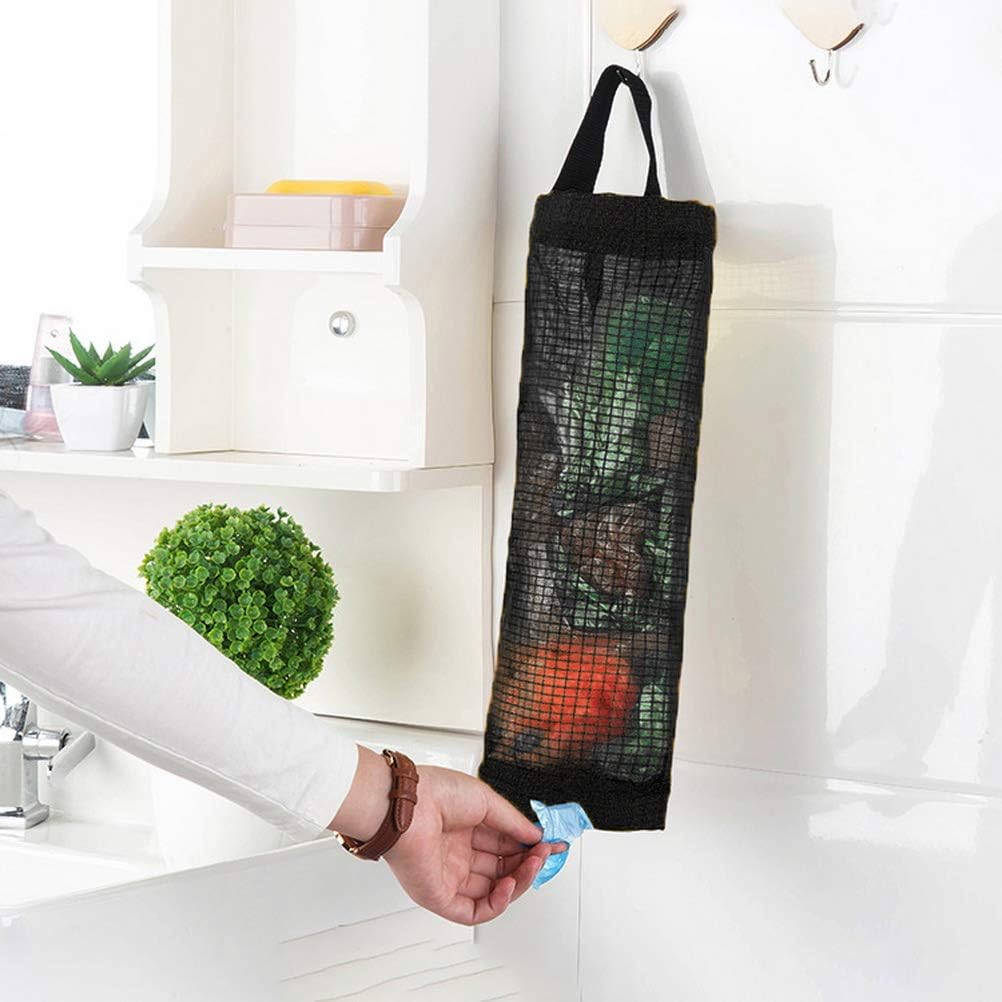
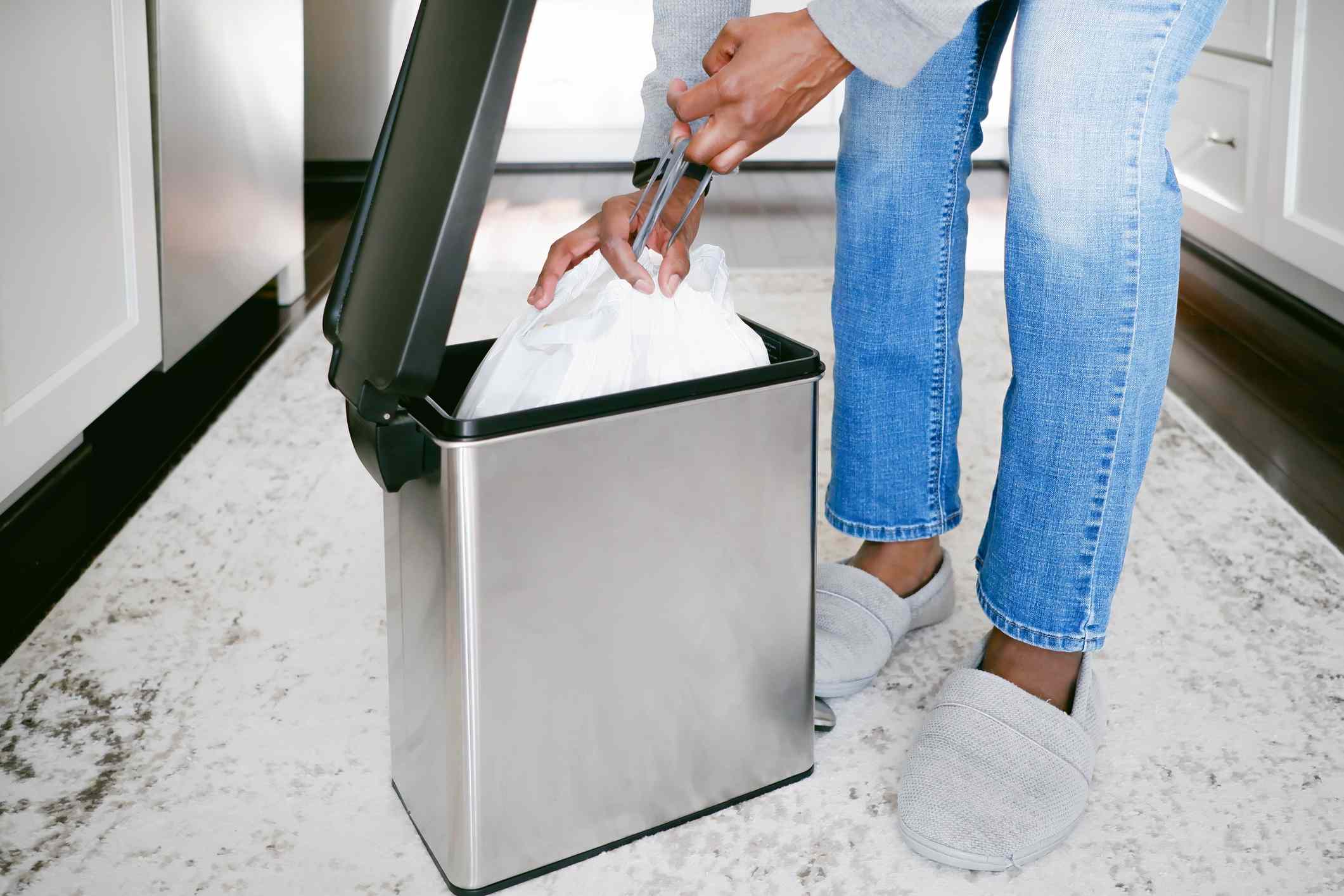




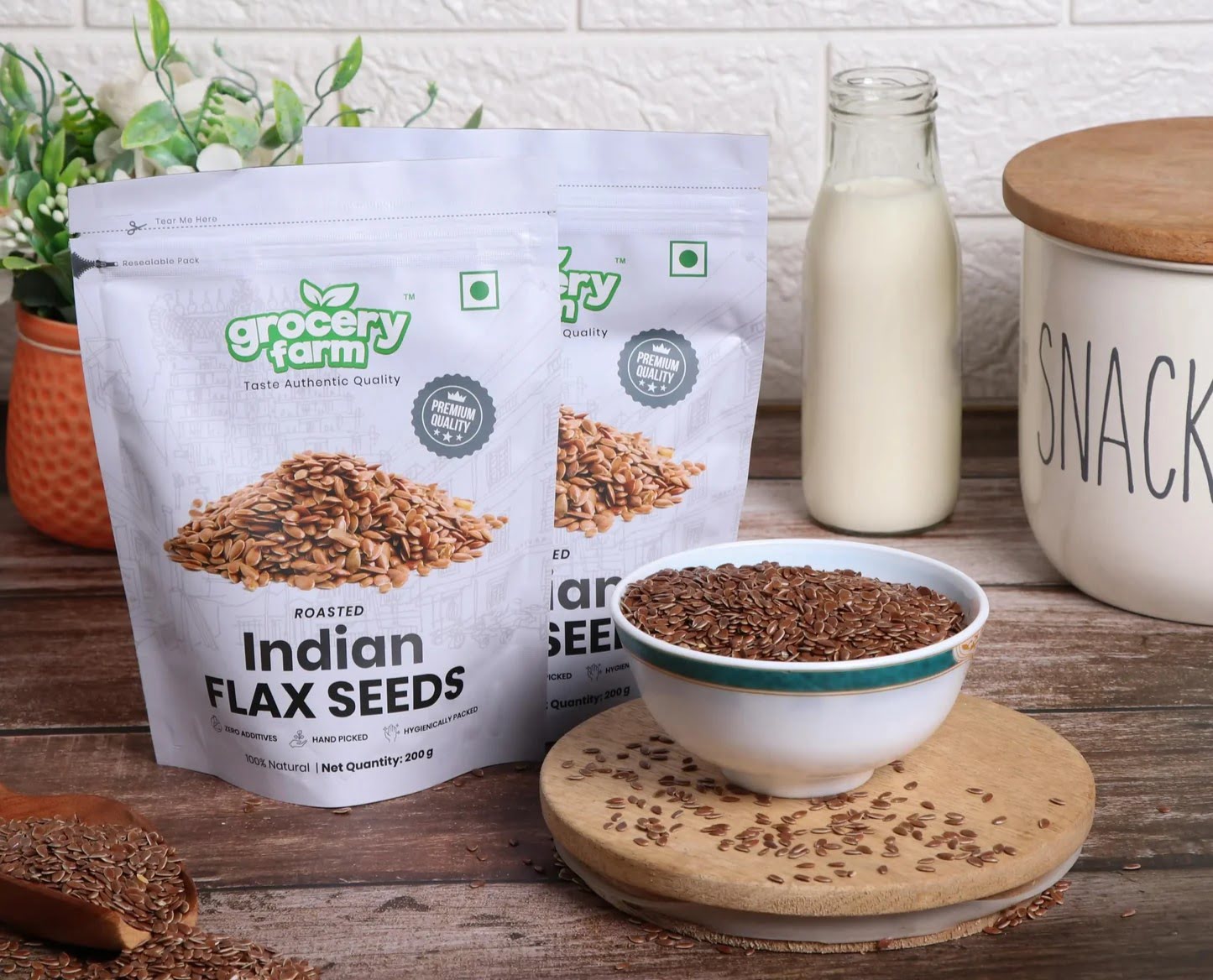
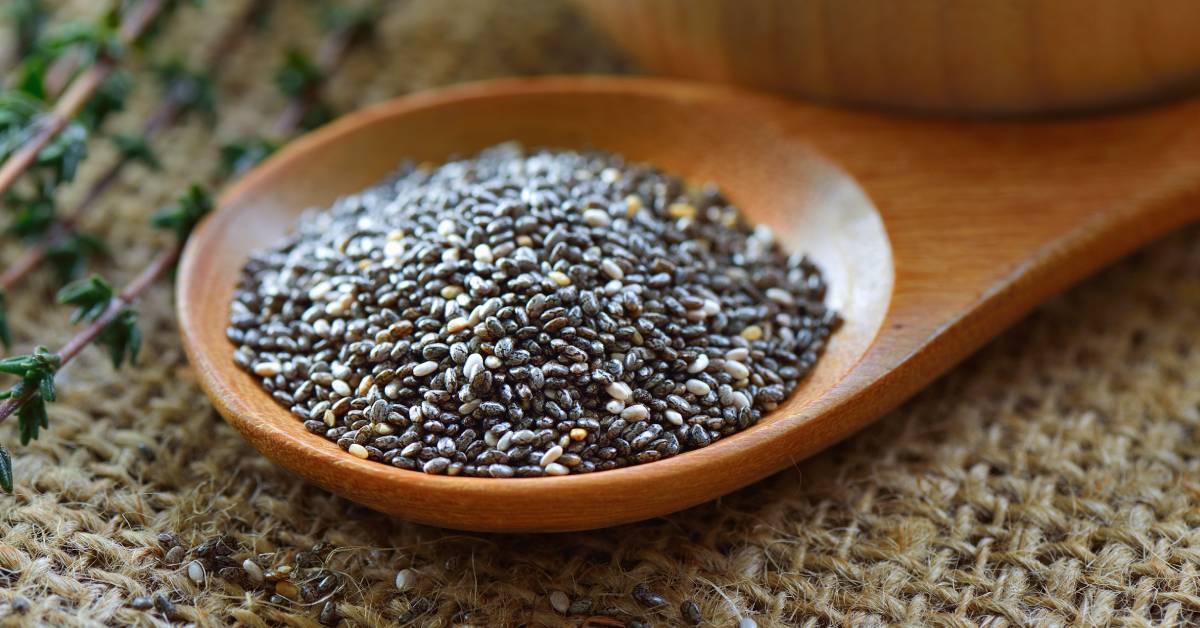
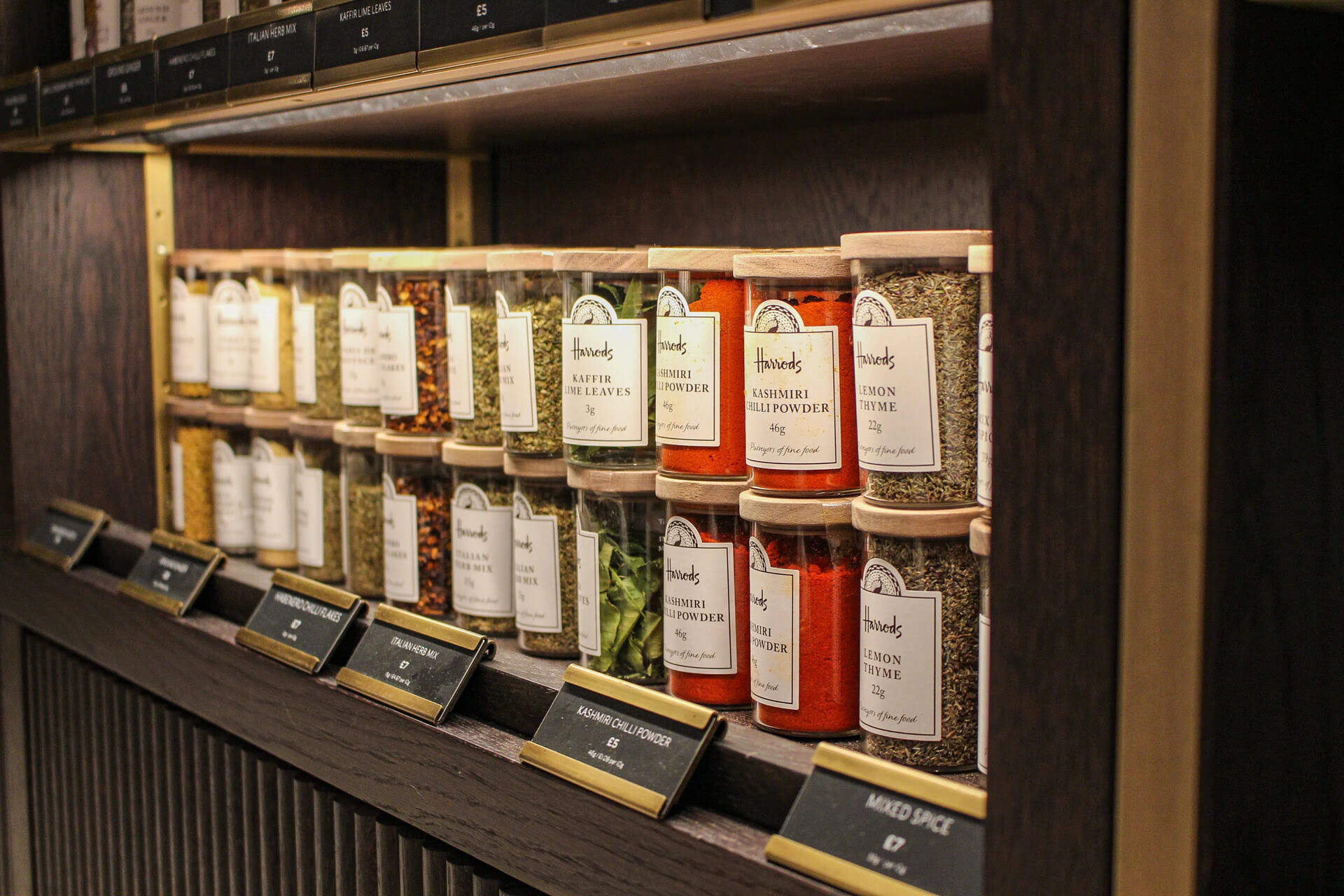
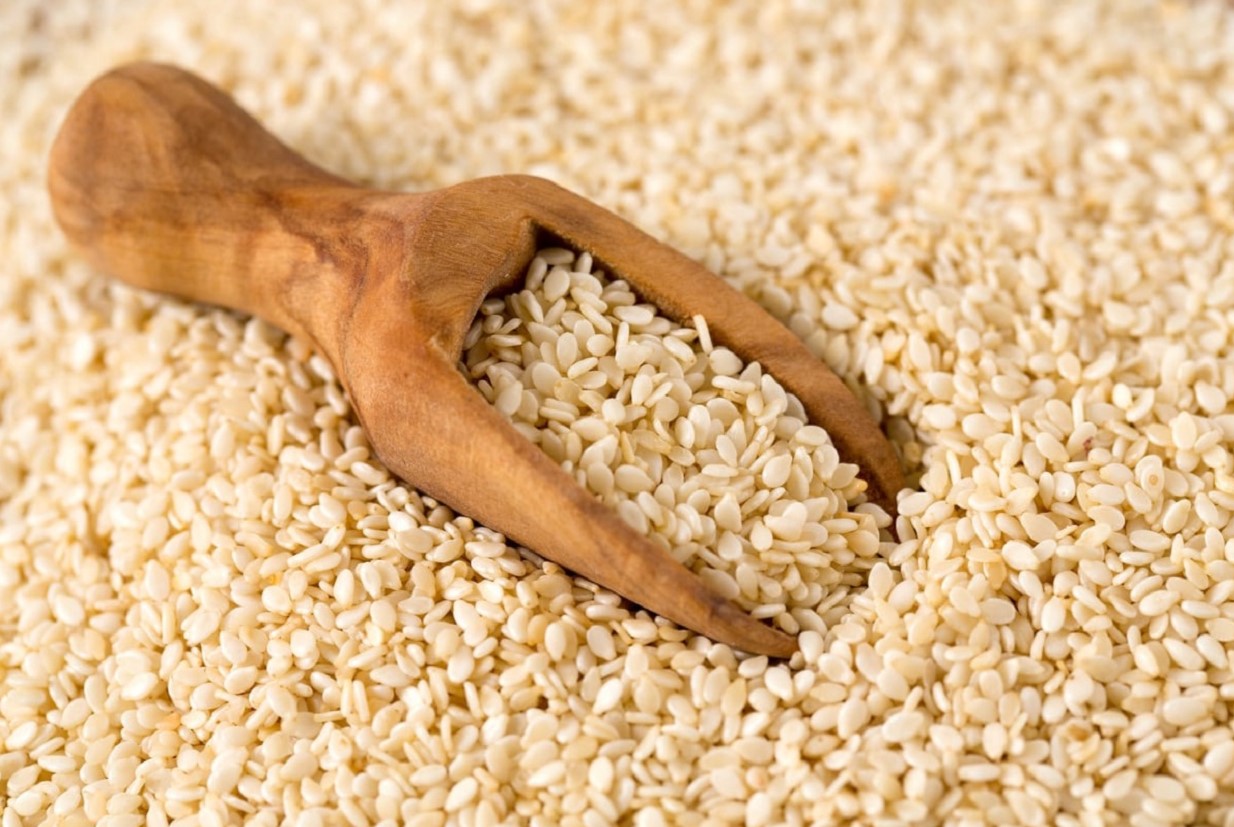

0 thoughts on “How To Store Plastic Grocery Bags For Reuse”